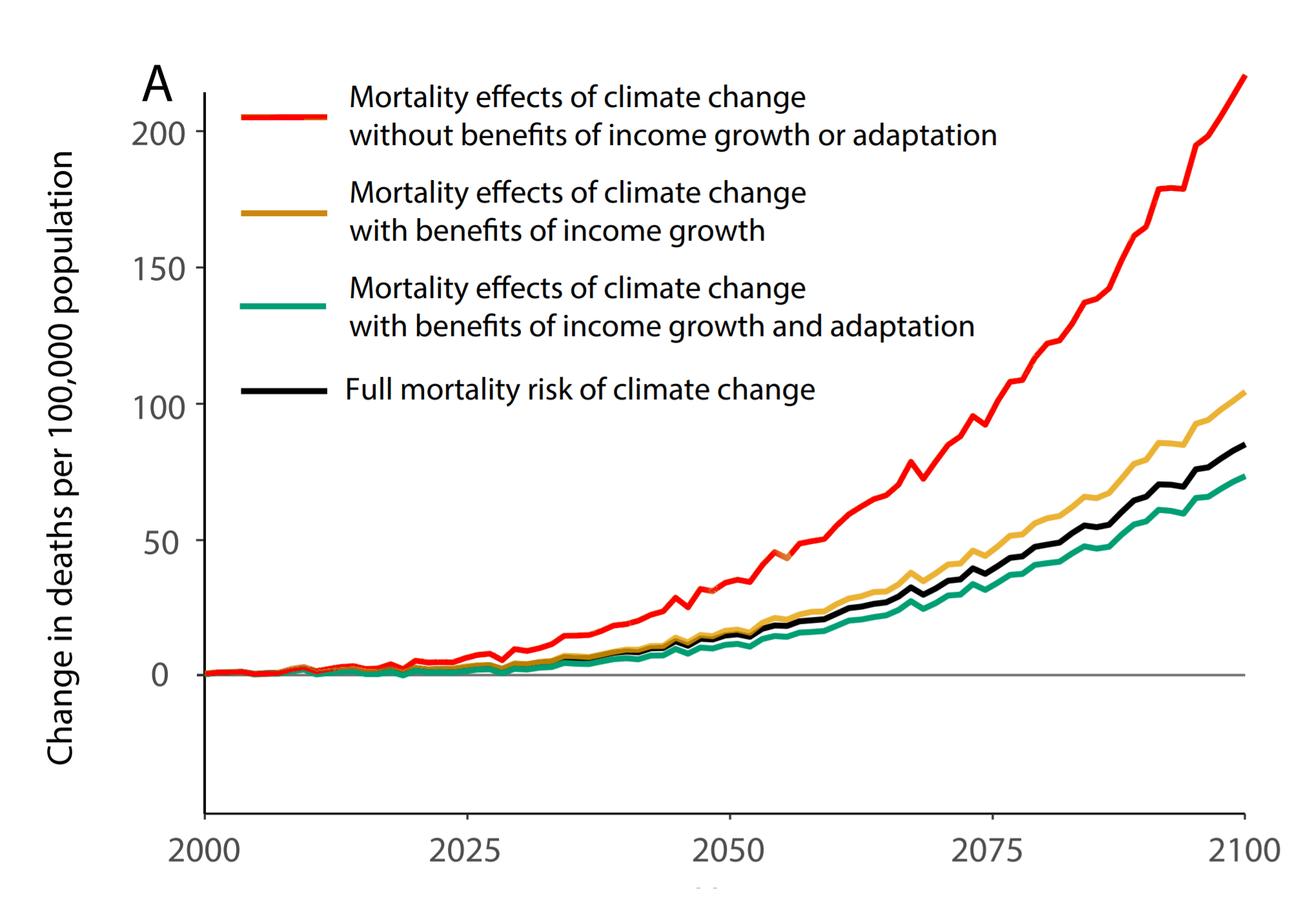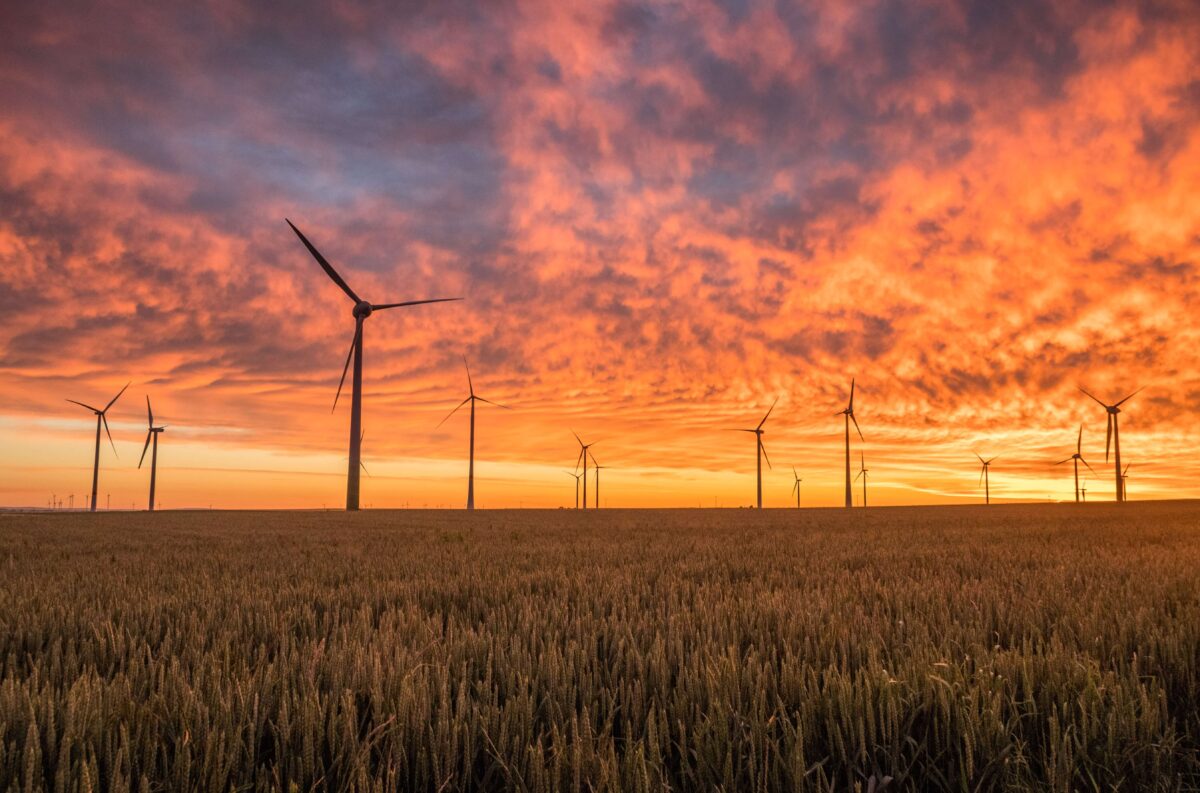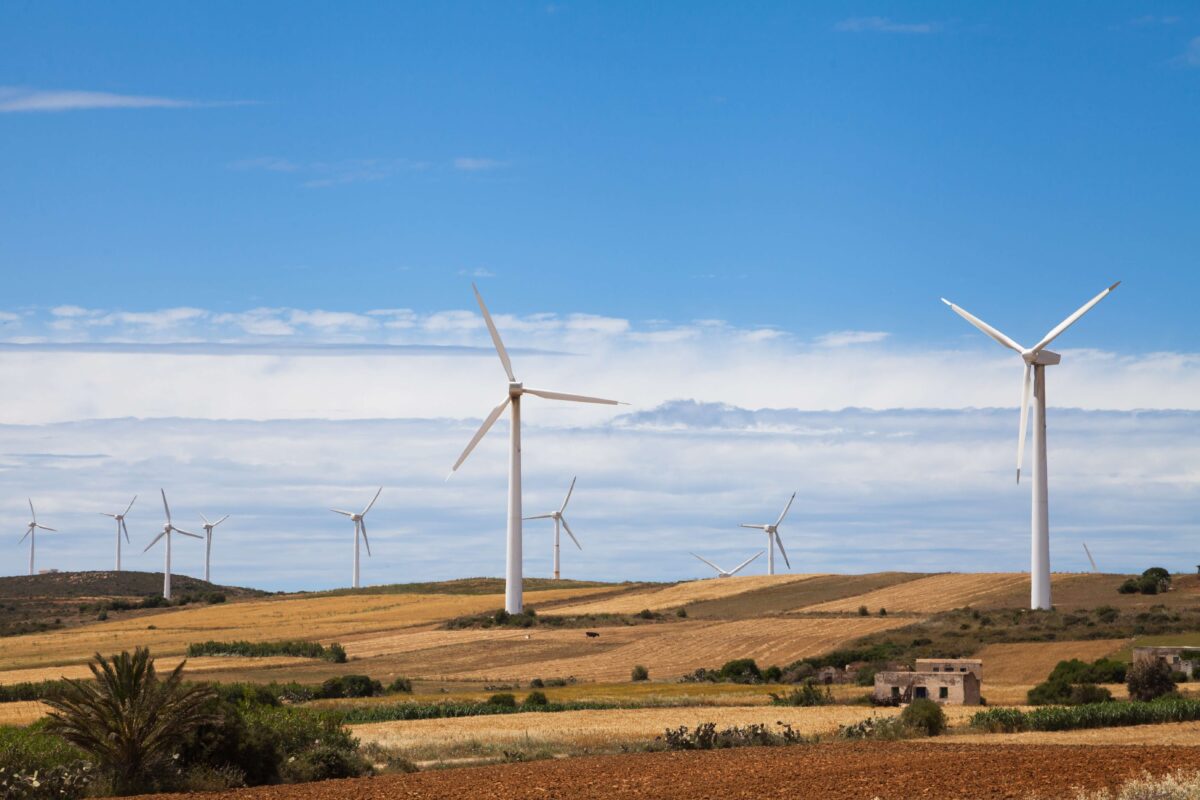Latest Cooling News: Weather & COVID-19, heat effects on humans and society, and more
Does warmer weather slow down the spread of COVID-19?
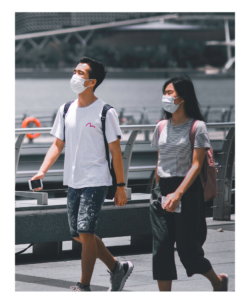 As part of the Programme on the Future of Cooling, we are interested in the human health impacts of weather and climate change, and whether cooling technologies provide any suitable measure of adaptation.
As part of the Programme on the Future of Cooling, we are interested in the human health impacts of weather and climate change, and whether cooling technologies provide any suitable measure of adaptation.
The first step is to understand links between weather and human health, which may include the development of new viruses or their spread according in accordance with weather events.
In their analysis the researchers find that limitations of available data on confirmed COVID-19 cases caused problems when trying to determine if more people contract the virus in hot or cold weather. Does warmer weather slow down the spread of COVID-19? Alas, we still do not know.
As a result the researchers recommend that both policy makers and the public need to act with caution. This advice is backed up by the fact that the spread of the virus has expanded in very warm areas of the globe, such as Ecuador, Brazil and India.
Not only is the available data patchy due to insufficient, unreliable and uneven distribution of testing facilities, but the weather itself could be a significant influencing fact in terms of the number of tests taken and who gets tested. It is not currently possible to statistically separate this effect from any influence of the weather on the actual spread of the virus.
The research also places uncertainty on other statistical analysis using COVID-19 confirmed case count data, and the confidence that can be placed on outputs from other studies. Always question everything!
Hopefully, time will bring strong improvements in testing capacity which will negate these data problems, allowing researchers to generate a better understanding of the influence of the weather on the spread of COVID-19.
Ideas needed!
 Do you have a radical idea for a new product, or how to progressively change current processes, organisation or deployment that will trigger change leading to increases in sustainable refrigeration and air-conditioning in developing countries?
Do you have a radical idea for a new product, or how to progressively change current processes, organisation or deployment that will trigger change leading to increases in sustainable refrigeration and air-conditioning in developing countries?
Then why not enter the call for proposals from the Secretariat of the French Facility for Global Environment (FFEM) ?
Specifically targeted are projects that will allow sustainable refrigeration or air-conditioning, favouring integrated approaches, whether through furthering the use of refrigeration and air-conditioning equipment and facilities using so-called “natural” refrigerant fluids which offer greater energy efficiency; or through alternative solutions without recourse to refrigerant fluids.
Particularly welcomed are projects related to upskilling and transfer of knowledge, education, awareness-raising and training for different actors in the sector; the implementation and strengthening of governance and the institutional, legal and regulatory framework; the creation of accreditations and certifications for energy efficiency for facilities and equipment; the structuring of professional sectors for the supply, distribution, implementation and maintenance of equipment and facilities; the treatment, re-use and recycling of end-of-life equipment; the promotion of public/private partnerships; the development of long-term funding mechanisms.
The deadline for applications is 16 October 2020. Good luck!
Record temperatures and their effects on humans and society
On the 16th August 2020, a new temperature world record was set in California’s Death Valley. The temperature of 54.4°Celsius (130° Fahrenheit) was reached at the crest of an extreme heat wave, a meteorological event that is becoming more frequent due to climate change.
A heatwave occurs when a location records a period of at least three consecutive days with daily maximum temperatures meeting or exceeding the heatwave temperature threshold.
While it didn’t get as hot as Death Valley, early August also saw a heatwave cover the UK, with temperatures reaching above 30°C for much of England and parts of Wales. A temperature of 36.4°C was recorded at both Heathrow and Kew Gardens, Greater London, on 7th August making it the warmest August day since 2003. Temperatures reached above 34°C for six days in a row for the first time since records began in 1961.
Impact on human health
The Met Office issued a Level 3 warning over the 6-12th August 2020 period, a level which requires specific actions targeted at high-risk groups (Level 4 is a national emergency). Hot weather, especially when prolonged, with warm nights, can affect people’s health. High-risk groups include people such as those over 75, babies, those living alone and who are isolated, the frail, those with severe physical or mental illness, people living in urban areas, with drug or medication dependencies, the homeless, as well as many other groups.
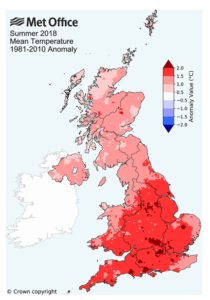
Such heat waves are supposed to be extreme events, but are becoming more frequent. The Met Office study on the 2018 UK summer heatwave showed that it was 30 times more likely to occur now than in 1750, because of the higher concentration of greenhouse gases in the atmosphere.
It predicted that heatwaves of similar intensity will become even more frequent, perhaps occurring as regularly as every other year.
The 2018 heatwave lasted for 15 days, and caused 863 deaths, according to Public Health England.
In their review of heatwaves in the UK, the Environmental Audit Committee have warned that without more action, the average number of heat-related deaths in the UK is expected to more than triple to 7,000 a year by the 2050s.
Working conditions
Did you know that while UK workplace regulations recommend a minimum temperature threshold of 16 DegC for workspaces to reduce cold stress, there is no upper temperature threshold to combat heat stress, nor no legal requirements to manage temperatures?
Working in hot weather, and being exposed to the sun, can lead to dehydration, tiredness, muscle cramps, rashes, fainting, and – in the most extreme cases – loss of consciousness and death including from heat induced cardiac and respiratory disease. Being exposed to the sun poses additional risks such as including skin cancer and organ failure. Other effects are significant too: exhaustion and sun glare can cause accidents, and sweat can affect the effective of ppe, and tool use.

Many people working at home may be longing for an air conditioned office. But imagine if you work outside; maybe on a building site or as a crane operator, working in such extreme heat, with little shade to protect you.
The TUC have called for amendments to working practices to help people still be productive even under conditions of extreme heat. It suggests a new legal maximum indoor temperature of 30°C, or 27°C for those doing physical jobs; with employers obliged to adopt cooling measures when workplace temperatures reaches 24°C.
The TUC also suggests allowing casual clothing and flexible hours for office works, so staff can avoid getting stuck in the rush hour; or not working in the hottest hours of the day for people at home. Scheduling work for early morning and late afternoon for outdoor workers, with regular breaks and access to shade and water. The design of personal protective equipment needs to account for hot weather conditions to ensure they are still effective.
Infrastructure
During the heatwave, concern was also raised about the coping ability of vital infrastructure (water, electricity, telecoms, roads, internet etc) under extreme heat. The Committee on Climate Change highlighted the lack of regulations to protect people from rising temperatures, and how ill-suited current UK building stock is to hot weather, and at risk of overheating. Urgent legal requirements are needed to ensure homes, hospitals, schools and care homes are designed for the current and future climate, as well as deep retrofitting.
While the Chancellor has announced £2bn for refurbishing homes to be more energy efficient, there is no mention or requirement to protect against excessive heat. The wrong type of insulation can reduce ventilation and turn homes into heat traps in summer.
What are governments doing about sustainable cooling?
 As part of the London Climate Action Week: Digital, the UK Government and the Cool Coalition held a high-level dialogue on the role of sustainable cooling from Covid-19 recovery to the 26th Climate Change Conference (COP26).
As part of the London Climate Action Week: Digital, the UK Government and the Cool Coalition held a high-level dialogue on the role of sustainable cooling from Covid-19 recovery to the 26th Climate Change Conference (COP26).
Chaired by Dan Hamza-Goodacre – COP26 Champions Team, Non-Executive Director at K-CEP, and member of the Advisory Board of the Oxford Martin Programme on the Future of Cooling – the event looked at the actions different governments are taking to transition to sustainable cooling to build back better and raise climate ambition.
In case you were not able to watch it live, a video is available here.
The human and economic cost of increasing temperatures
In their report, “Valuing the Global Mortality Consequences of Climate Change Accounting for Adaptation Costs and Benefits” published by the American National Bureau of Economic Research, a group of researchers present the first globally comprehensive and empirically grounded estimates of mortality risk due to future temperature increases caused by climate change.
Using data from 40 countries, the researchers estimate age-specific mortality-temperature relationships and project this into the future years while accounting for adaptation. They found a U-shaped relationship where extreme cold and hot temperatures increase mortality rates, especially for the elderly, that is flattened by both higher incomes and adaptation to local climate (e.g. robust heating systems in cold climates and cooling systems in hot climates).
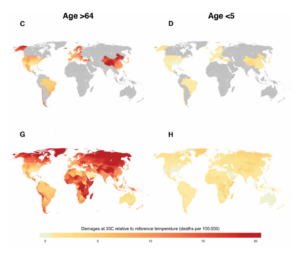 Above, C, D, G and H show the estimated mortality effect of a 35◦C day for different regions. The top row shows all regions where the researchers had accessed to historical data; the bottom row shows extrapolation to all impact regions globally.
Above, C, D, G and H show the estimated mortality effect of a 35◦C day for different regions. The top row shows all regions where the researchers had accessed to historical data; the bottom row shows extrapolation to all impact regions globally.
Mortality rates
Their predictions imply that a 35°C day increases the average mortality rate across the globe for the oldest age category by 10.1 deaths per 100,000.
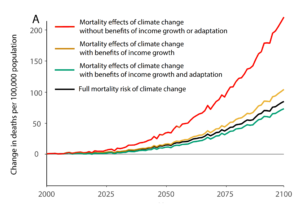
The researchers looked at different emission scenarios, and the mitigating beneficial impacts of adaptation and income. This chart shows that the average mortality cost of climate change would be 221 deaths per 100,000 by 2100 (red line) with no beneficial impacts of adaptation and income: a death toll equivalent to all current global deaths from cardiovascular disease.
The effect of income growth and climate change adaptation reduces these impacts. Higher incomes act to reduce mortality to 104 deaths per 100,000 in 2100 (yellow line); climate adaptation further reduces it to 73 deaths per 100,000 (green line). Current cold countries such as Norway and Canada will see fewer deaths as fewer and fewer people perish from extreme cold.
For comparison, the 2017 mortality rate from car accidents in the US was 11.4 per 100,000.
Humidity
In their work, the researchers did not consider the impact of humidity. Humidity makes it harder for the human body to cool itself during hot conditions. While temperature and humidity are correlated over time, they are differentially correlated across space, implying that the researchers’ predictions may be underestimates.
Economic impacts
The researchers also found that the economic loss from the climate crisis, as well as the cost of adaptation, will be felt around the world, including in wealthy countries. The economic cost of climate change mortality will be severe, costing up to 3.2% of global economic output by 2100, with each ton of carbon dioxide emitted costing $36.60 of damage. Rising temperatures will particularly cause devastation in poorer, hotter parts of the world that will struggle to adapt to unbearable conditions due to the lack of air conditions and other measures. Citizens of these countries will thus suffer the worst, despite contributing the least to climate change.
What can we do?
Action now on climate change to rapidly cut emissions will significantly reduce temperature-related deaths and lower the economic costs damage.
How will the world cope when heat related deaths overwhelm heath care systems, as we have seen with Coronovirus? We must start to plan now.
Water filled glass for cooling
Could water filled glass be effective at improving the thermal performance of buildings?
Glass facades and windows cause a high energy demand because of solar gain and their low insulation capacity. Controlling and managing solar energy gains therefore is a major component of energy consumption of HVAC systems in buildings.
Current solutions (such as improving thermal coefficients, additional glass layers, shading or changing the glazing transparency) address the problem of energy consumption but cannot totally manage and take advantage of the solar radiation, and could negatively affect views and access to light.
Water has a large heat storage capacity and spectral transparency, and can be used for energy dissemination between parts of the building. Significantly, water absorbs a large proportion of heat in the infrared and ultraviolet spectrum while leaves the visible part relatively intact. This means that water filled glazing (WFG) can absorb incoming radiation and generate direct energy savings. Additional energy savings could be achieved by reusing this captured energy for heating.
Researchers have assessed the impact of water filled glass on cooling and heating energy demand by studying different glazing configurations for WFG over a typical year for all major climates represented by 13 cities.
The results show how water-filled glass can improve energy consumption of buildings and offer a sustainable strategy for glass envelopes by absorbing and reusing heat where transparency becomes an asset instead of being a liability.
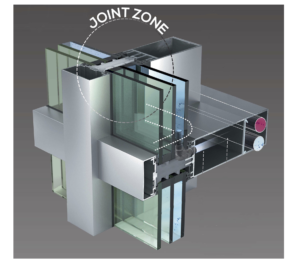 The results also show that an absorption-based energy model is a viable option, which results in energy savings between 3 and 84% in value of US$0.99-24.25/m². The specific energy performance depends on climate: not only on ambient temperature and humidity but also on the annual distribution of solar gain and the ground temperature.
The results also show that an absorption-based energy model is a viable option, which results in energy savings between 3 and 84% in value of US$0.99-24.25/m². The specific energy performance depends on climate: not only on ambient temperature and humidity but also on the annual distribution of solar gain and the ground temperature.
There are some challenges to overcome however before water filled glass can be used, notably water pressure, sealing, heat bridges and quality of water, plus potential for glare due to the use of clear glass.

